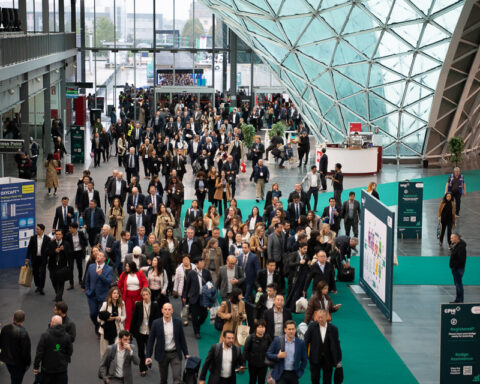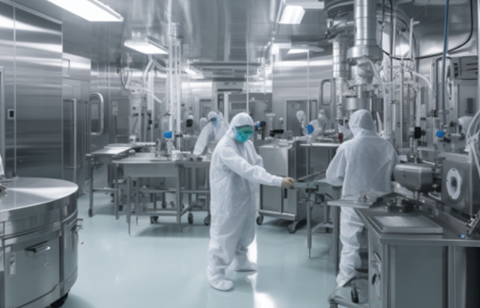Amsterdam: CPhI & P-MEC India – organised by UBM – is set to welcome more than 50,000 attendees as the CPhI Global Pharma Index shows the country’s efforts to improve its reputation are paying dividends. India emerged successful in a number of key areas and was ranked by international pharma companies as the third most competitive nation globally.
The inaugural CPhI Global Pharma Index – a reputation audit – draws on the insights of 500 international pharmaceutical companies from over 40 countries to rank the major pharma economies out of ten across a spread of criteria.
These findings are announced as the 11th annual CPhI & P-MEC India 2017 is set to open later this month in Mumbai (27-30th November, 2017). It is a key time for the Indian industry, with the second India Pharma Week* returning (November 25-30th, 2017), which will feature seven events covering the entire pharma supply chain in India, leveraging Mumbai’s status as a major pharma hub. Such has been the growth in India over the last year, CPhI & P-MEC India now runs across two exhibition centres simultaneously – the Bombay Exhibition Centre (BEC) and the MMRDA Grounds (BKC) – and has expanded from a three- to a four- day event.
Encouragingly, India was rated second globally for predicted ‘pharma market growth potential’, with respondents citing high growth domestic markets and expanding manufacturing exports as key drivers. India received a score of 7.0, narrowly behind China (7.2). However, India was rated by pharmaceutical companies as having nearly twice the potential of Western European countries, significantly outpacing even the USA (6.3), Korea (6), and Germany (5.9), who finished third, fourth, and fifth respectively (see figure 1).
In fact, the confidence in India was such that the country was chosen as the third most competitive[1] pharma business destination, with a score of 6.3, behind only the USA (6.9) and Germany (6.6), but ahead of Japan and – chief rival – China (see figure 2).
India’s recent efforts to increase pharmaceutical manufacturing quality also appear to be having an effect. The perception of India’s ‘API manufacturing’ seems to be improving, with the industry believing India is broadly comparable to Italy, Spain, and Korea, though it is still behind tier one nations such as Germany and the USA (see figure 3).
For ‘quality and knowledge’ of pharmaceutical professionals, India (6.2) came notably ahead of China, Korea and Spain, and at a comparable level to that of Italy (6.5). Interestingly, and perhaps highlighting India’s efforts in patented and biosimilar drug development, the country also demonstrated growth in the category of ‘innovativeness’, which remains a key component for the creation of new medicines. In this category, India finished a little behind Korea and France, and ahead of Italy and Spain (see figure 4).
A more detailed analysis of only domestic respondents showed that the vast majority, 80%, were either ‘confident’ or ‘extremely confident’ in their business outlook for India’s market in 2018. Notably, the CPhI report also found that 88% of respondents in India ‘were looking to work with foreign partners in 2018’, with on average 50% of sales to foreign companies. Highlighting this increased internationalization, exhibitor numbers have grown by more than 200 companies in the last year, with the 2017 event featuring 1400 exhibitors from over 100 countries.
“Ultimately, the fundamentals of progression in the country are extremely strong – boasting over 24,000 pharmaceutical companies, and 10,500 plants – coupled with Government support, increased investment and an improving regulatory reputation, there is a real sense amongst attendees at CPhI & P-MEC India that the country’s pharma sector is preparing to enter the next stage in its advancement. This event is the perfect place for companies to explore the latest trends and innovations the market has to offer and meet the movers and shakers in the domestic and international pharma machinery, technology and ingredients industries,” commented Rutger Oudejans, Brand Director Pharma at UBM.
[1] Based on factors such as tax environment, quality of employees, infrastructure, research potential, labour costs, accessibility, and access to funds








